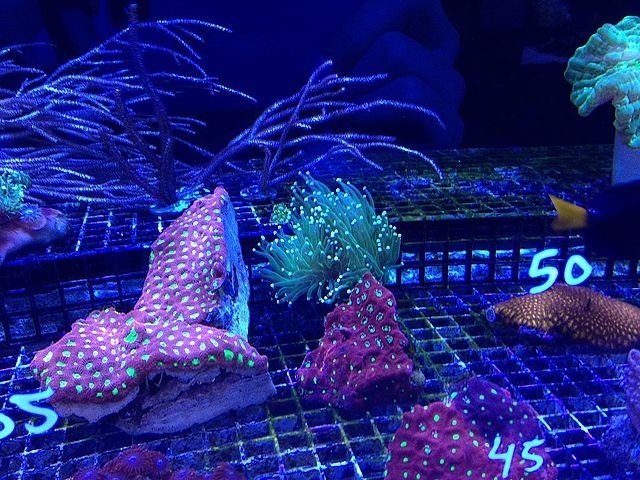by Hillary Chabot, Northeastern University
When it comes to the business of seafood, COVID-19 hasn’t been nearly as damaging as the ecological havoc caused by humans, a recent global survey of fish farms found.
More than 80% of the 585 fish farms surveyed worldwide reported that the economic losses from human-caused issues such as climate change, pollution, and flooding far outweigh losses from supply-chain hiccups or a loss in buyers caused by the pandemic.
The survey findings—highlighted in a report co-authored by Brian Helmuth, professor of marine and environmental science at Northeastern—offer a stark look into the devastating impact global warming is already having on oceans, lakes, and rivers across the planet.
“These businesses have to build resilience to these events in their planning, because it’s only going to get worse over time,” says Helmuth.
The additional economic losses triggered since the 2020 start of the pandemic should serve as a wake-up call for fish farmers across the world, says Helmuth, because they will face additional hurdles amid an escalating climate crisis.
“We’re going to have more pandemics. We’re going to have increasing impacts of climate change. New England is ground zero for a lot of these changes, and so we really have to get our act together now,” says Helmuth.
The global study, published this month, assessed the impact of COVID-19 on fish farms in more than 50 countries. The 585 fish farms that responded to the survey detailed losses in stock, sales, and jobs as a result of COVID-19. Nearly 490 of those respondents said pollutants, diseased fish, and other human-caused climate problems caused more losses than the economic downturn triggered by COVID-19, or supply-chain snarls.
Stay Always Informed
Join our communities to instantly receive the most important news, reports, and analysis from the aquaculture industry.
The study comes amid a growing demand for seafood, thanks in part to increased awareness of its heart-healthy benefits as well as improved storage and shipping methods, according to the Food and Agriculture Organization of the United Nations (FAO).
FIsh farming, or aquaculture, emerged as a way to fulfill the increased demand for seafood while avoiding overfishing in the wild. Nearly 60 million fish farms operate worldwide as of 2018, employing about 20 million people, according to FAO.
“At the global level, since 2016, aquaculture has been the main source of fish available for human consumption. In 2018, this share was 52 percent,” reads a recent FAO report.
Another major finding from the survey, says Helmuth, is that it highlights a farming method that could be a blueprint for resilience as seafood farmers grapple with the impacts of climate change for years to come.
“What’s interesting is that more ecologically-sustainable approaches were more resilient, in part because one of the stoppages in the supply chain was getting food to feed the things you’re trying to grow,” says Helmuth.
The method is called integrated multi-trophic aquaculture, and it basically means that tilapia farmers, for example, would grow seaweed, algae, and mollusks in the same place as the fish.
“This means you’ve got a couple different organisms all eating each other. But it builds a self-sustaining approach, and it means the farm is a lot more stable against COVID-19 or any other global event that could disrupt the supply chain,” says Helmuth.
Reference (open access)
M.C. Mangano et al, The aquaculture supply chain in the time of covid-19 pandemic: Vulnerability, resilience, solutions and priorities at the global scale, Environmental Science & Policy (2021). DOI: 10.1016/j.envsci.2021.10.014
Editor at the digital magazine AquaHoy. He holds a degree in Aquaculture Biology from the National University of Santa (UNS) and a Master’s degree in Science and Innovation Management from the Polytechnic University of Valencia, with postgraduate diplomas in Business Innovation and Innovation Management. He possesses extensive experience in the aquaculture and fisheries sector, having led the Fisheries Innovation Unit of the National Program for Innovation in Fisheries and Aquaculture (PNIPA). He has served as a senior consultant in technology watch, an innovation project formulator and advisor, and a lecturer at UNS. He is a member of the Peruvian College of Biologists and was recognized by the World Aquaculture Society (WAS) in 2016 for his contribution to aquaculture.




